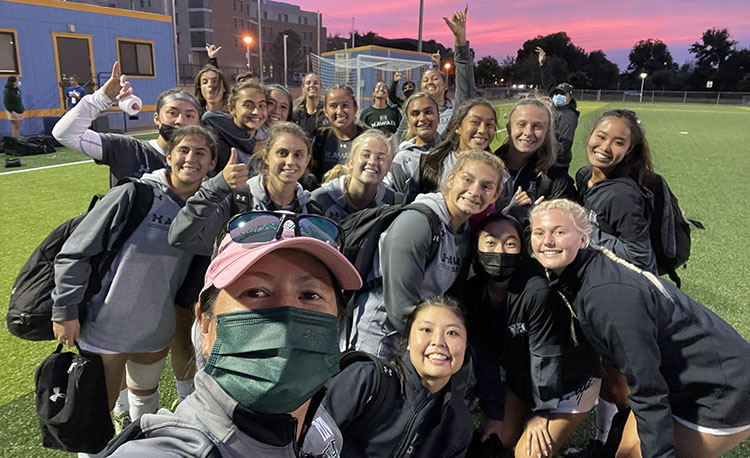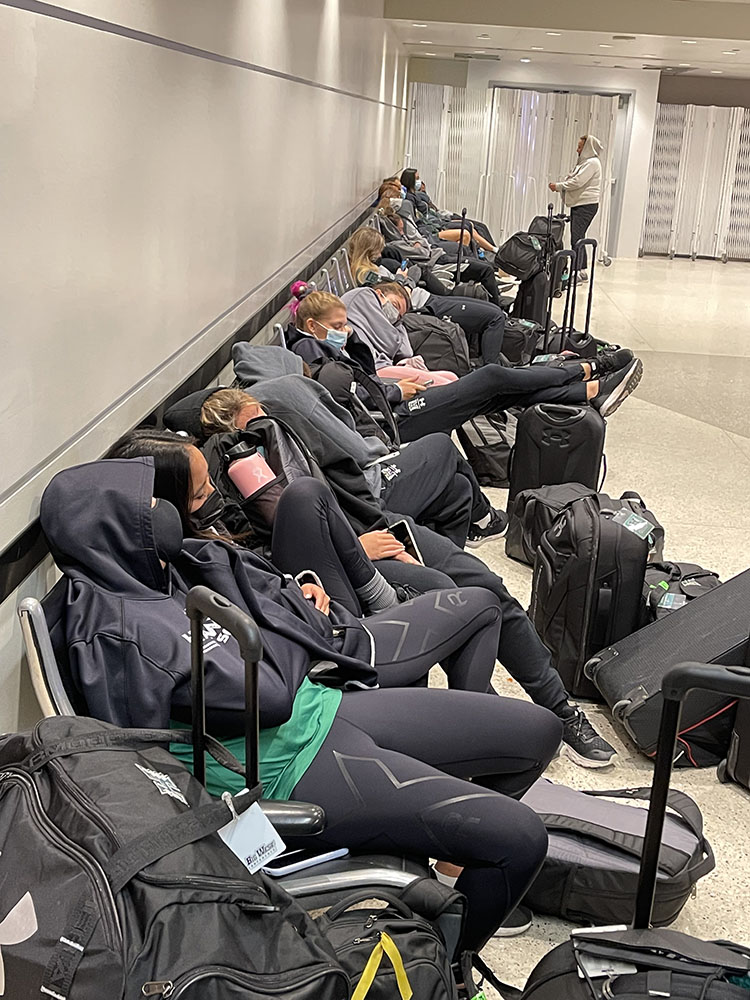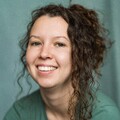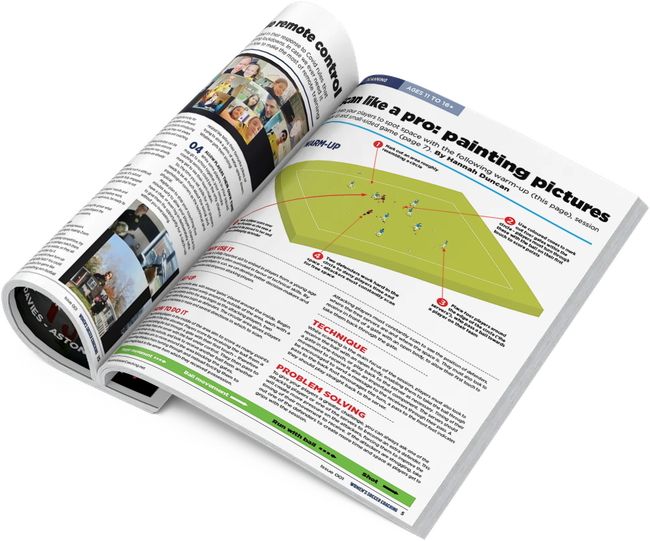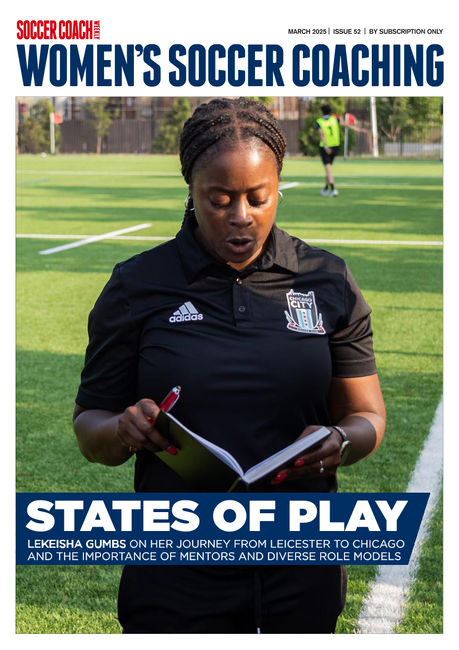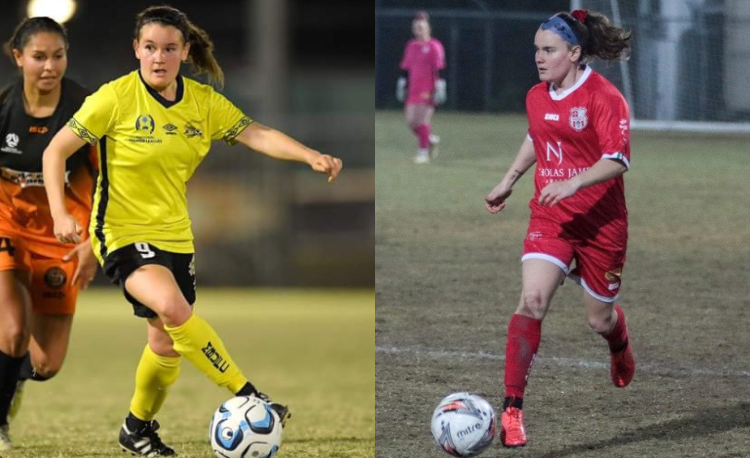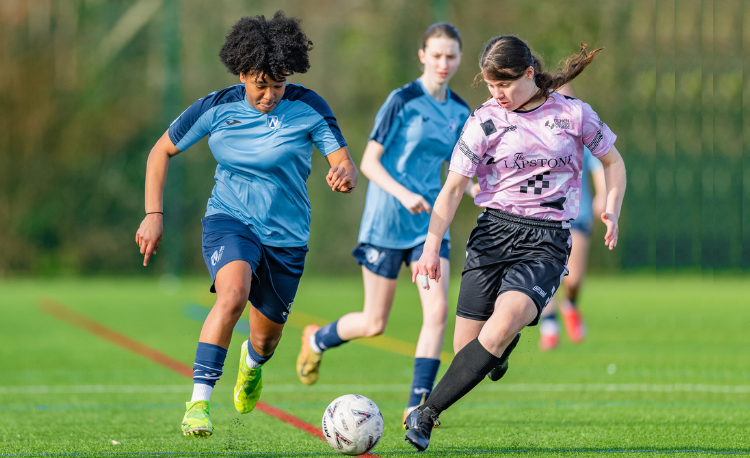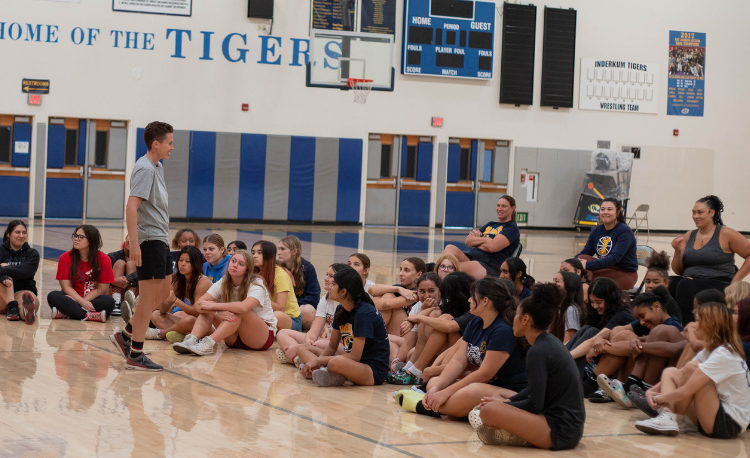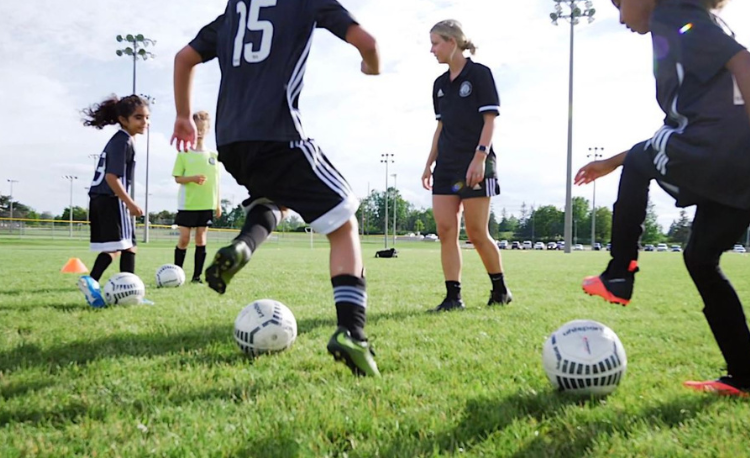You are viewing
1 of your 3 free articles
Flight and fight
Players at the University of Hawaii not only juggle soccer and education but have to travel 20,000 miles each season to do it. Their proud coach MICHELE NAGAMINE tells STEPH FAIRBAIRN exactly how it’s achieved
Each coaching role offers its challenges. Some, however, are more challenging than others.
Coach Michele Nagamine currently holds one of those more challenging roles. Since December 2010, she has been head coach of the women’s soccer program at the University of Hawaii.
They are one of 11 teams in the Big West Conference - the other 10 are all based in California, six hours’ flight away. That means the season is littered with the complexity of air travel, hotels and tailored preparation, on top of the road trips everyone else makes.
“We fly over 20,000 miles a season,” Michele told Women’s Soccer Coaching.
“Once we get to the place we’re at, we drive another 1,200 on the ground. So I have zero sympathy for people who take one road trip!
“But that’s the nature of our business. We know what we have to do when we play for Hawaii and when we coach for Hawaii.
“It is a very beautiful place, but a very challenging place to be a coach, just because of our proximity to everybody else.”
From a coaching perspective, long travel times mean stringent preparation and recovery methods for players.
Michele said: “We send them as much info as we can about sleep, hydration, nutrition, extra stretching and compression tights.
“We even have [NFL legend] Tom Brady’s [TB12] sleep pajamas for recovery. You name it, we will do anything to try to get a leg up on the recovery process.”
The concentrated schedule often demands a Sunday-Thursday-Sunday pattern of matches, which can sometimes mean a home game followed by a flight out for two matches in California.
“Our wake-up calls are between 4.30am and 6.30am. The girls get good at sleeping...”
In 2021, this included a four-and-a-half hour, 300-mile trip between matches in Davis and Bakersfield, on top of the 12-hour round trip between Hawaii and the mainland.
“When we travel, if we have a Thursday game, we try to get two nights in a hotel,” Michele said.
“We’ll leave on Tuesday, get Tuesday night and Wednesday night in the hotel, with the game on Thursday.
“Friday is just recovery, when the starting group - if they played 60 minutes or more - come with me and do a recovery regeneration session. The people who didn’t get significant minutes train a little harder.
“On Saturday, we start to do our little walkthrough, day-before-the-game training, with the game on a Sunday. That night, we have to get packed up and then usually our flight is pretty early Monday morning.
“Mostly, our wake-up calls are anywhere between 4:30am and 6:30am. Sometimes we have to be at the airport at 5am.
“The girls get good at sleeping on the airplane, so that’s great, but if you’re not hydrating properly, it takes a lot out of you.
“These players need to sleep when we tell them to sleep, they need to be able to wake up when we tell them to wake up and function when they’re 100% exhausted.
“Is the reward great? Absolutely, you can get a fantastic education, you get to see friends and family on the road, and go to school in a beautiful place. But there’s a price we pay for paradise. It’s tough.”
What’s also tough for the players is the amount of school time they miss due to the travel needed to honour their playing commitments - around 13 to 17 days of class on average in their fall semester.
Michele describes the will of her players to keep up with their school work as something she respects most about her team.
In order to be successful in their studies, her players are responsible about getting notes and talking with their professors. “And when they are not responsible - boom, they’re dinged, right there,” Michele said.
She added: “They need to go to their professors on their first day, introduce themselves as a soccer player and that they might miss several days of school this semester - but guarantee they will be there every other day, taking notes and being an active participant.
“We ask them to be proactive, because that is what they’re going to need to do in life. If they want to get results, they’re going to have to be good communicators.
“If they want people to be compassionate about their situation, they need to share information. And that doesn’t come through a text, it doesn’t come through a letter, it comes through a face to face conversation.”
Michele and her staff have also made adjustments to facilitate their players’ study. When she started in the head coach role, the team had a cumulative grade point average (GPA) of 2.83. It’s now almost 3.6.
“When I first took over the team, there were a number of players who were very close to being on academic probation,” Michele shares.
“I actually told one of the best players, ‘You’re not playing the whole spring, you need to get your grades up.’ We take that very, very seriously.”
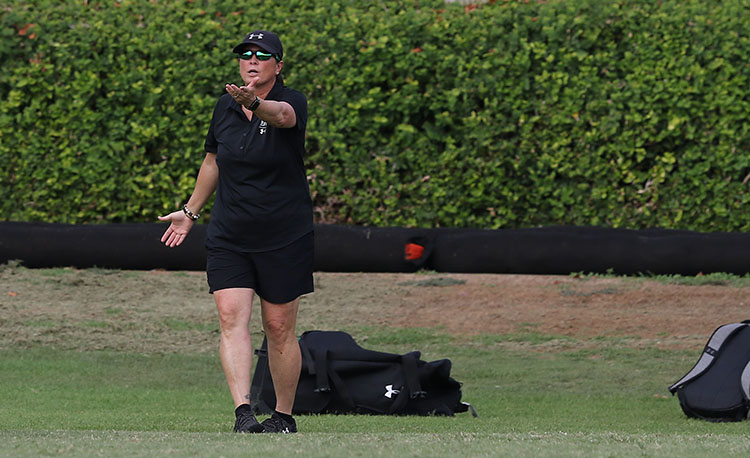
One of the direct actions Michele took to improve academic performance was to change the times of training sessions.
She explains: “The reason we started training early in the morning is so that they could have all day to focus on their academic work.
“A couple of weeks in, they’re used to waking up early, they’re more focused, they have more energy and they are more efficient in everything we do, so we can get through things pretty quick in training.
“When I took over, there were a number of players close to academic probation...”
“After they train, they grab a shower, get breakfast at the training table and then go to school.
“They come back for weights a couple of times a week in the afternoon, or we’ll do weights right after training in the morning so they have the rest of the afternoon to themselves.
“Then, by 8pm, they are starting to hit the wall because they wake up at 5 in the morning. So they go to sleep early and get lots of rest.”
Michele’s appointment at the University of Hawaii, in December 2010, followed two years as head coach at Hawaii Pacific University.
There, she took a team that had won just three games in the previous season to a third-place finish in the Pac-West conference, with a 10-8-1 record, and was named the 2009 PacWest Coach of the Year.
Prior to that, USSF-A-qualified Michele spent 16 years as head coach of Kamehameha Schools’ girls. She was named Interscholastic League of Honolulu Coach of the Year a record seven times and State Coach of the Year five times.
Michele built up a reputation as a winner, standard-setter and program builder - something she has enhanced during her 11 years with the Rainbow Wahine.
Related Files
COFFEE BEANS AND HOT STOVES - WISDOM OF MICHELE’S ANALOGIES
At the height of the pandemic, Michele and her team focused on the power of positive thinking.
She cites The Energy Bus by Jon Gordon as a book they read to understand “how you drive your own bus”.
This isn’t the only analogy Michele uses in her coaching practice. Some others include:
The coffee bean: “When the water starts to boil around you, you don’t want to be an egg that gets so hard that you crack, and you don’t want to be the carrot that gets boiled and mushy. You want to be the coffee bean - when you get into the boiling water, you want to be able to influence your environment.”
The hot stove: “With a hot stove, you can tell people don’t touch it and some are going to take the advice really seriously. Others are going to wait until they’re burned.”
Steel, not aluminium: “We tell the players they have choices to make. You can either go down the rabbit hole or you can continue to push yourself and continue to grind. That’s what the Hawaii warrior mentality is all about. We want to be steel, not aluminium.”
“GET TO KNOW YOUR PLAYERS” - MICHELE’S TIPS FOR COACHES MANAGING PLAYERS’ GAME PREPARATION AND RECOVERY
For Michele, there are some basic principles “in all the books” that coaches can build into their players’ preparation and recovery plans.
“Sleep is going to be your number one tool for recovery”, she said.
“Hydration is going to help the process, [as is] flexibility, and being able to do a quality cool-down and warm-up, because we’re putting so much taxation on our bodies. Pencil out the schedule to where your players start winding down an hour before they have to go to bed.”
The key to developing effective preparation and recovery routines is, Michele says, to tailor them to individual players.
She advises: “Take the time to get to know every single one of your players. It’s very time-consuming, but it is going to help them get the best recovery they can outside of the usual.
“Be specific as it pertains to their individual lifestyle. It really goes a lot farther than just a generic thing that’s supposed to work for everyone.”
She is excited about the approaching 2022 season, after a tumultuous couple of years due to the pandemic.
The 2020 campaign was cancelled and Hawaii went almost two years without playing a game. Michele describes coping during those years as “probably the hardest thing that I’ve ever had to do as a coach.”
In what she calls a constant “push and pull’, the team were told their season would be pushed back, then cancelled, then that they could practice, then that they couldn’t - until they were eventually allowed to get on the field to train again, no contact and wearing masks.
She says she hurt for the 28 players who, at a complex time in their lives, experienced the loneliness, stress and worry of the pandemic on an island that reveres their kupuna (elders), and has limited medical resources to keep everyone safe from harm.
Newsletter Sign Up
Newsletter Sign Up
Discover the simple way to become a more effective, more successful soccer coach
In a recent survey 89% of subscribers said Women's Soccer Coaching makes them more confident, 91% said Women's Soccer Coaching makes them a more effective coach and 93% said Women's Soccer Coaching makes them more inspired.
*includes 3 coaching manuals
Get Inspired
All the latest techniques and approaches
Women's Soccer Coaching offers proven and easy to use soccer drills, coaching sessions, practice plans, small-sided games, warm-ups, training tips and advice.
We've been at the cutting edge of soccer coaching since we launched Soccer Coach Weekly in 2007, creating resources for the grassroots youth coach, following best practice from around the world and insights from the professional game.
